The animal kingdom is filled with an incredible diversity of species, each uniquely adapted to its environment. Some animals stand out not only because of their behaviors but also due to their distinct physical characteristics. While some may appear unusual at first glance, every feature plays a vital role in their survival. Here’s a look at some of the most remarkable creatures with one-of-a-kind traits.
California Condor: The Majestic Giant of the Skies

The California Condor is the largest flying land bird in North America and one of the rarest birds in the world. While its soaring presence is breathtaking, its close-up appearance tells a different story. The condor’s bald head, which changes color based on its emotions, serves an essential function—preventing bacteria from accumulating after feeding.
Once on the brink of extinction, with only 22 individuals left in the wild by the 1980s, conservation efforts have helped increase their numbers. Captive breeding programs and habitat protection remain crucial in ensuring the future of this incredible species.
Proboscis Monkey: The Big-Nosed Swimmer of Borneo
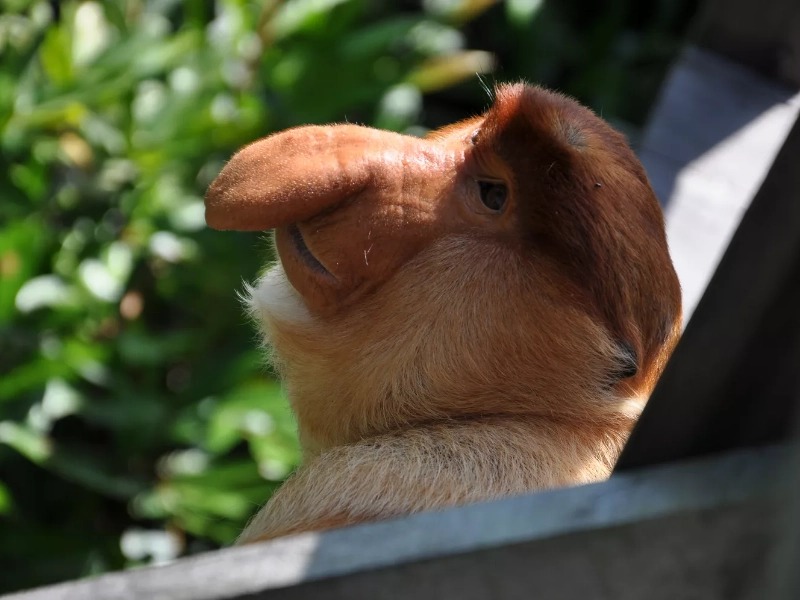
Native to Borneo’s lush forests, the proboscis monkey is easily recognizable due to its large, pendulous nose. While its nose may seem unusual, it serves a crucial purpose—amplifying calls to establish dominance and attract mates.
In addition to its distinctive facial feature, the proboscis monkey is also an excellent swimmer. With webbed feet and strong limbs, it moves easily through rivers, using water as an escape route from predators. These monkeys rarely stray far from waterways, which provide food, shelter, and safety.
Warthog: The Resilient Survivor of the African Savanna

While not conventionally attractive, the warthog is a perfect example of how every feature has a purpose. Its curved tusks serve as tools for digging and defense, while the thick, wart-like growths on its face protect it during fights with rivals.
Warthogs thrive in a variety of African landscapes, from woodlands to open plains. They have a unique foraging habit—kneeling on their front legs while using their tough snouts to dig for roots and tubers. When running from predators, their tails stick straight up, a signal for other group members to follow.
Aye-Aye: Madagascar’s Nocturnal Specialist

Found only in Madagascar, the aye-aye is a primate with an unusual appearance—large eyes, bat-like ears, and an elongated middle finger. This specialized finger is a key tool in a unique feeding technique called “percussive foraging.” By tapping on tree trunks and listening for hollow spaces, the aye-aye detects hidden insect larvae, then uses its sharp teeth to open the wood and its finger to extract its meal.
Despite its remarkable adaptations, local superstitions have led to misunderstandings about the aye-aye, contributing to its endangered status. Conservation programs aim to protect its habitat and educate communities about its ecological importance.
Anglerfish: The Deep-Sea Predator with a Built-In Lure
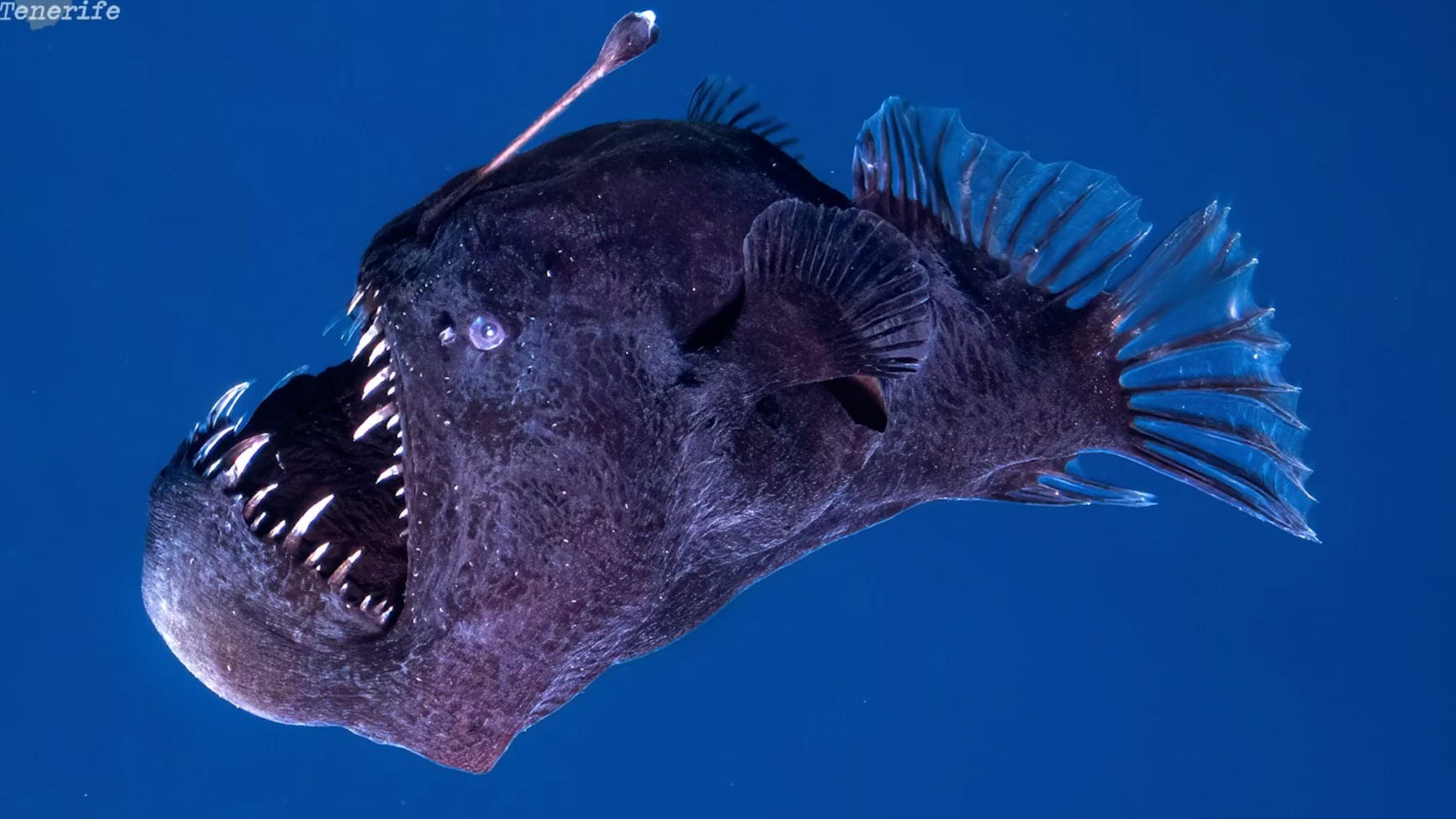
The anglerfish is one of the ocean’s most intriguing hunters, using a built-in bioluminescent lure to attract prey in the darkness of the deep sea. This modified spine, called an illicium, acts like a fishing rod, drawing unsuspecting fish closer before the anglerfish swiftly captures them.
Despite its intimidating appearance, this deep-sea dweller is perfectly adapted to its extreme environment. Its expandable stomach allows it to consume prey almost twice its size, ensuring survival in an ecosystem where food is scarce.
Marabou Stork: Africa’s Ecological Cleanup Crew

The marabou stork, sometimes referred to as the “undertaker bird,” is a towering presence in Africa. With a wingspan exceeding ten feet and standing over five feet tall, it plays a critical role as a scavenger, cleaning up animal remains and helping maintain ecological balance.
Its featherless head is an adaptation for hygiene, preventing bacteria buildup while feeding. Another distinct feature is its inflatable throat pouch, which aids in thermoregulation and courtship displays. Interestingly, these birds also engage in uricosuria—coating their legs in a chalky substance to help regulate body temperature in the hot sun.
Elephant Seal: The Ocean’s Colossal Mammal
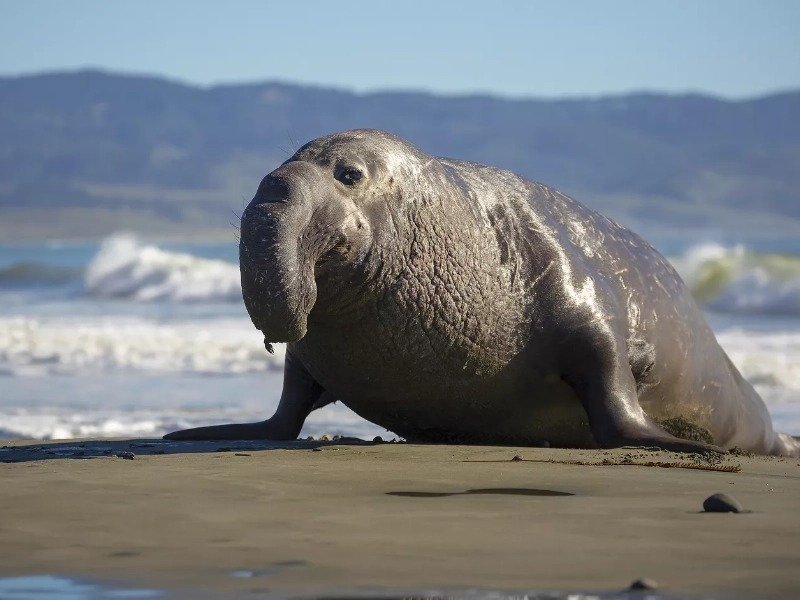
Elephant seals are among the largest marine mammals, with males reaching up to 20 feet (6 meters) in length and weighing over 8,800 pounds (4,000 kg). Their name comes from the distinctive inflatable snout of the males, which is used to produce deep, resonating calls during the breeding season.
These marine giants are exceptional divers, capable of reaching depths over 5,000 feet (1,500 meters) and holding their breath for up to two hours. They come ashore only for breeding, molting, and giving birth. During mating season, males engage in intense battles for dominance, with the largest individuals securing mating rights.
Red-Footed Batfish: The Walking Fish of the Galapagos
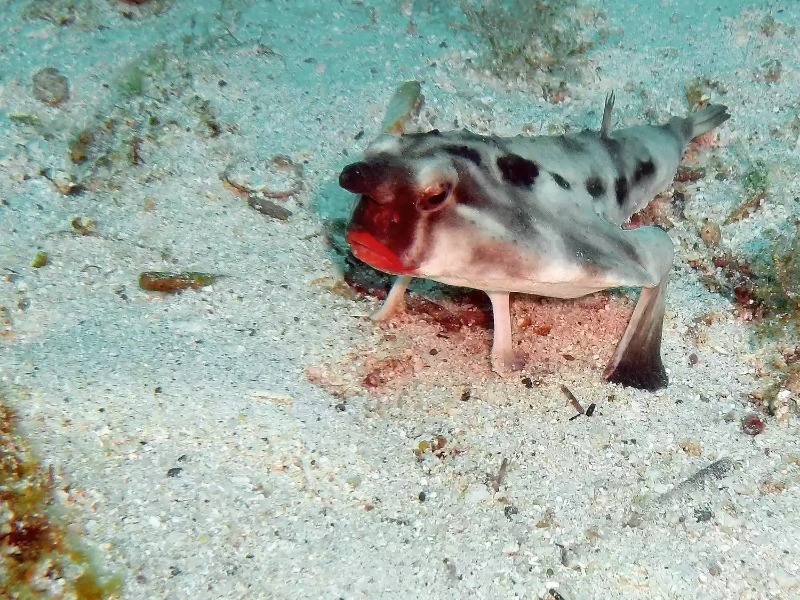
Found near the Galapagos Islands, the red-footed batfish stands out with its flattened body, forward-facing eyes, and bright red lips. Unlike most fish, it “walks” along the ocean floor using modified pectoral fins that resemble legs.
Its vibrant red lips are believed to play a role in mate attraction. Instead of being an active swimmer, the batfish relies on its ambush strategy, waiting for small fish and crustaceans to come close before striking. This unique adaptation helps it survive in its specialized deep-sea habitat.
Hyena: The Intelligent and Adaptable Predator
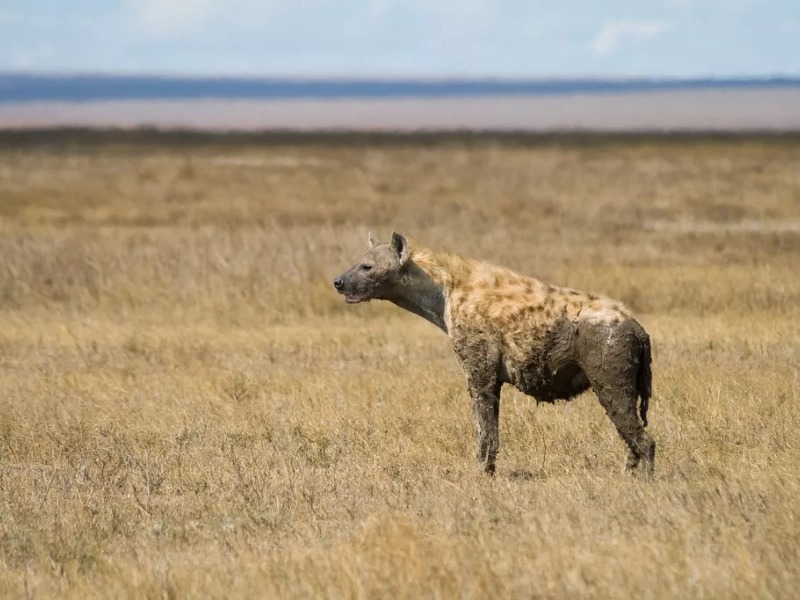
Often misunderstood, hyenas are highly intelligent and skilled hunters. The spotted hyena, in particular, is known for its powerful bite, capable of crushing bones to extract nutrients. Though often perceived as scavengers, they are efficient pack hunters, capable of taking down large prey such as wildebeests and zebras.
Hyenas have a complex social structure and communicate through various vocalizations, including their famous “laugh,” which conveys different emotions such as excitement or submission. Their cooperative hunting strategies and adaptability make them one of Africa’s most formidable predators.
These remarkable animals demonstrate that nature’s designs serve a purpose, even if they appear unusual at first glance. Each species has evolved unique traits that help it survive and thrive in its environment, highlighting the diversity and complexity of the natural world. By understanding and appreciating these adaptations, we can gain a deeper respect for the wildlife that shares our planet.
Leave a Reply